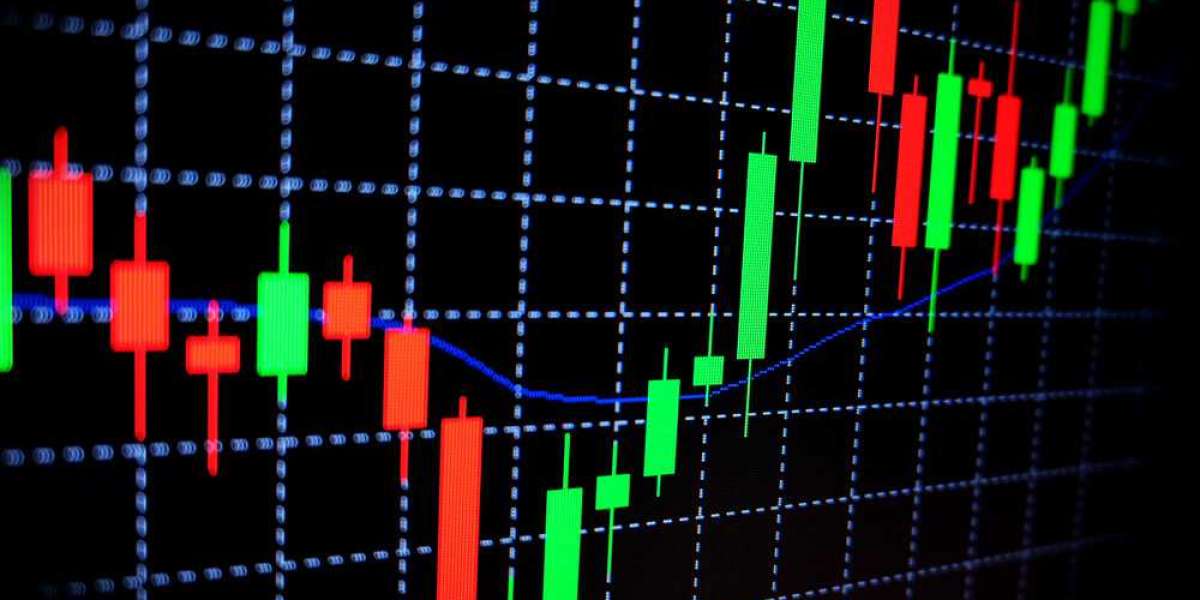Have you been thinking of starting to trade in the forex market? If yes, let us tell you that it is certainly a good idea to trade in the foreign exchange market. In comparison to the stock market, trading in the forex market can be done all week at different times. This is because the forex market opens and closes based on different time zones of different countries.
Therefore, if you have decided to begin trading in the forex market, you will certainly get a benefit over the long run. But as a beginner, it can seem all too daunting to trade in the forex market. You may think that it is complicated to understand the market.
You might think that you have to spend hours looking at the trade charts to trade efficiently. But such is not the case! There are a few beginner strategies that you can implement to trade effectively in the forex market. This will give you some time to learn and enhance your knowledge and become an expert forex trader.
But before we tell you the four basic trading strategies for beginners, let’s look at some basic principles and two important factors that you must consider before forex trading.
Important Factors to Consider Forex Trading
If you ask any expert forex traders what piece of advice they would give to a beginner, they will certainly mention the following two factors.
- Investment percentage: Most forex traders experts suggest that to manage your overall investment risks, you shouldn’t invest more than 5% of your total capital per trade. This is to ensure that you don’t experience huge losses due to fluctuations.
- Leverage: Another factor that experts ask beginner traders to consider is leverage. They say that any beginner trader must not trade above the leverage of 1:10. Again, this will ensure that they don’t experience huge losses due to fluctuations. This also allows the beginners to have margin calls where they can decide whether to withdraw their investment or wait for a reversal.
These two factors were considered by all traders from the start of forex trading. But sometimes, the traders who intended to take more risks ignored these factors which cost them a lot.
Especially, after the Great Recession in 2007-08, most traders have started emphasizing to strongly consider these two factors. Whether you are a beginner or an expert, considering these two factors before forex trading will always benefit you.
Basic Forex Trading Strategies
Now, let’s move on to the most important topic of this blog post and that is the four basic forex trading strategies that every beginner must know.
Moving Averages
As a beginner trader, you will always want to make profits. Considering that making profits will be certainly encouraging for you as a trader, using the Simple Moving Averages (SMA) strategy can be beneficial.
As the name suggests, you have to calculate the closing price average for a currency pair over days. This will give you an idea of trends followed by the currency pair.
In the beginning, you can calculate the SMA for 20 days. All you need to do is note the closing price of your chosen currency pair for 20 days. Add the values and divide them by 20. This will give you an indicator of strong trends during those 20 days.
Expert traders consider longer days such as 200 days to calculate SMA. But as a beginner, you can start small and then grow.
Carry Trade
This is amongst the most popular beginner forex trading strategies that can be used to study the market and making initial profits without losing too much principle.
This strategy works on the basic principle of buying a high-yielding currency alongside a low yielding currency. The broker will pay the differential interest to the client until the position is open. To understand this strategy, here is an example.
For example, you have two currency pairs, namely, USD/RUB and USD/JPY.
For USD/JPY, the rate range for Federal Funds is 0.25%, whereas for the Japanese Bank it is -0.1%. The differential rate stands somewhere around 0.35%.
For USD/RUB, again the rate range for Federal Funds is 0.25%, whereas for the Russian bank it is 6%. This means their differential rate is around 5.75%. This means a beginner trader like you can earn up to $15.75 per day, which will be $5,750 per year.
The only thing you need to remember is not to trade on new, emerging currency pairs because there is increased risk due to high volatility.
Purchasing Power Parity
Another simpler forex trading strategy is Purchasing Power Parity (PPP) where you compare the current exchange rates to the PPP. This allows determining which currency is overvalued and undervalued.
The currency that moves 20% above the PPP is overvalued whereas the currency that moves 20% below the PPP is undervalued.
The PPP will not be necessarily followed by the forex market, but the most popular currency pair will be either 20% above or below the PPP. This strategy is mainly implemented to make it easy for the trader to choose the currency pair to trade.
Also, PPP is an excellent strategy to follow if you are planning on trading long term. Only then you can compare the long duration of PPP with the current exchange rate to get a better picture.
Interest Rates
Any forex traders guide will agree that high-yielding currency is most attractive as compared to low-yield currency. Similarly, trading in the interest rates of currency pairs can also be a great strategy for a beginner trader.
All you need to do is study the Consumer Price Index of the central bank of the corresponding country to determine what annual inflation rate they are aiming for. But you must know that major changes in the country can affect the CPI.
This will also affect the overall performance of a currency. It can increase or decrease its appreciation. Also, other economic factors such as the Gross Domestic Product growth rate of unemployment can affect the CPI.
 " class="wow_main_float_head_img">
" class="wow_main_float_head_img">






